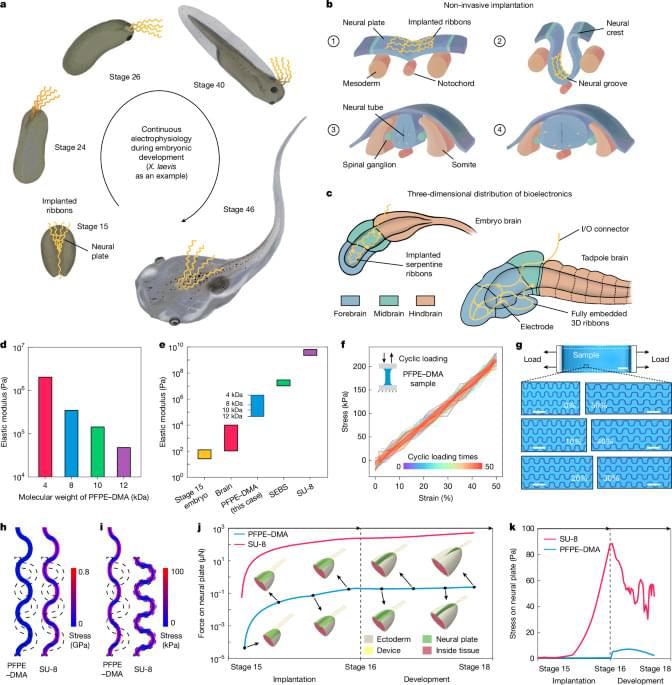You heard that “rivers always reach the sea”? You heard wrong.
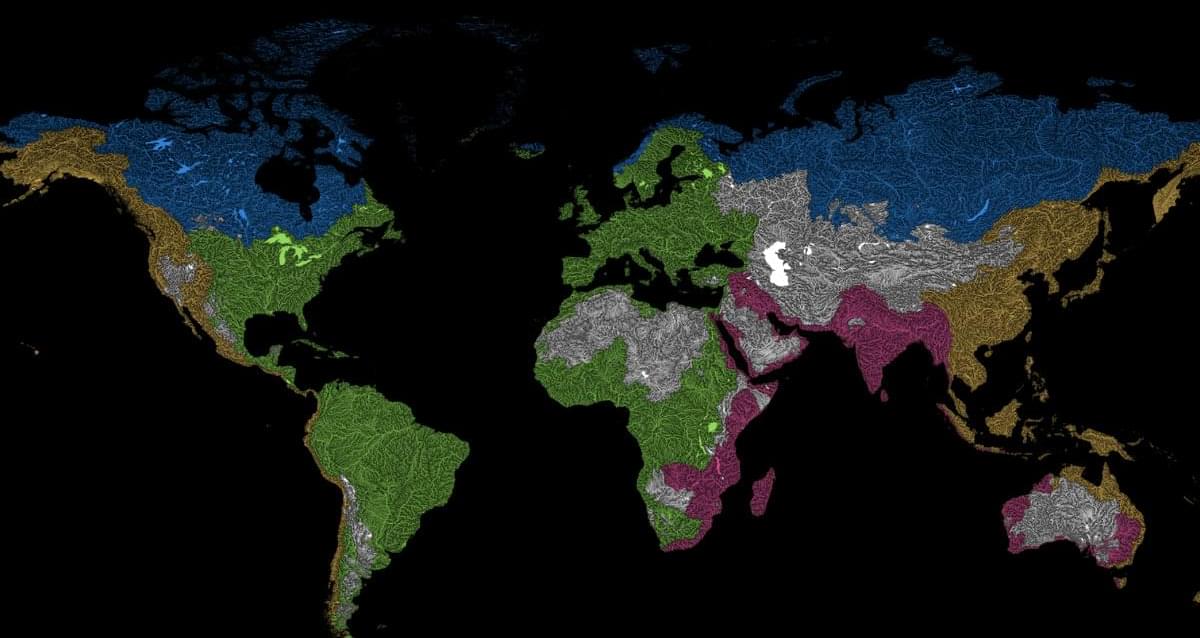

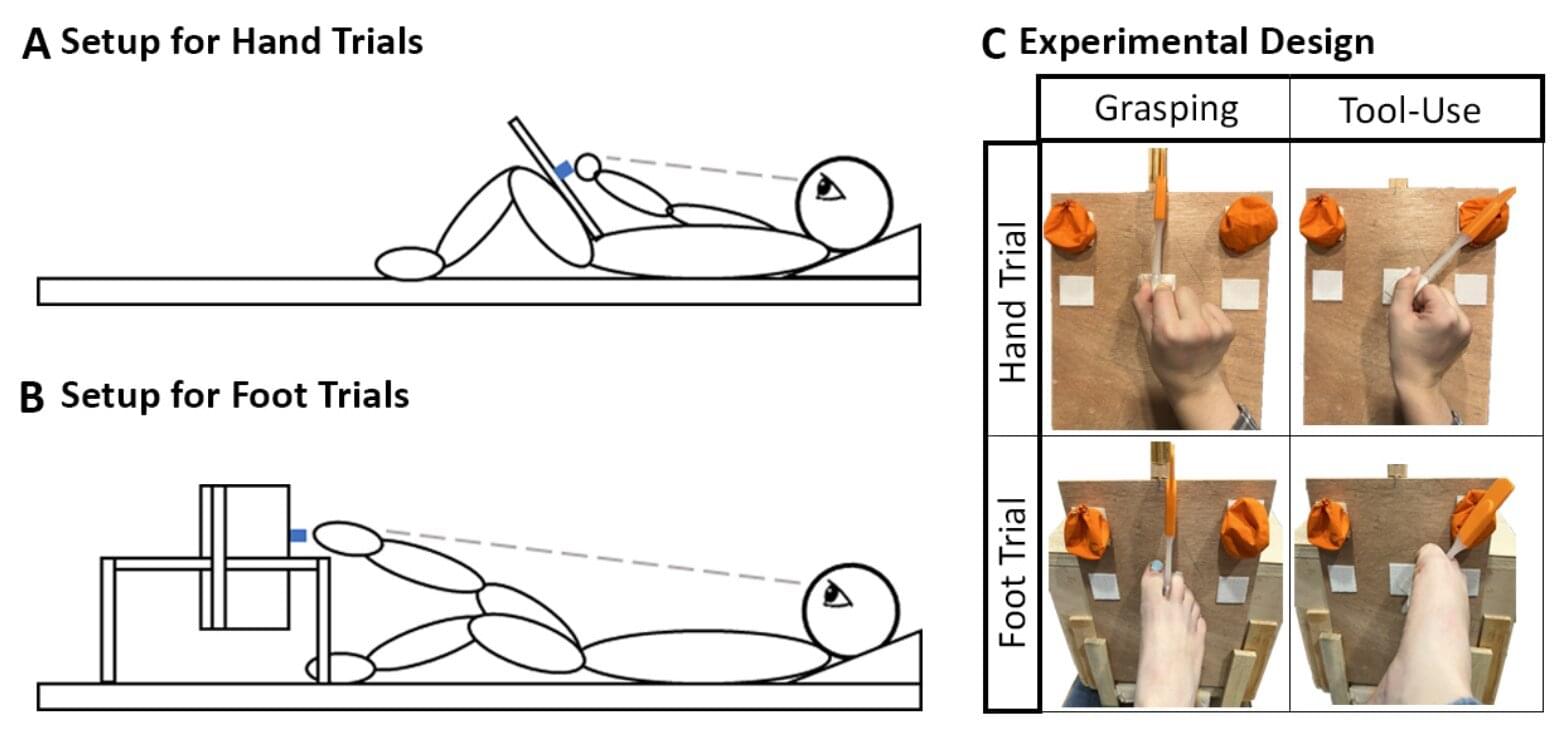
Conventional wisdom among neuroscientists suggests that the brain’s motor functions are organized around the body, meaning certain brain areas control the hand; others the foot. An emerging alternative theory is that parts of the brain may be organized by the types of action, like reaching or using tools, no matter which body part is used to complete the task.
Researchers at Georgetown University recently set out to understand these theories, because knowing how the brain is organized around function versus body part has profound implications for rehabilitation and a person’s return to function following a brain injury.
The findings are published in the Proceedings of the National Academy of Sciences. The work is titled “Action-type mapping principles extend beyond evolutionarily-conserved actions, even in people born without hands.”
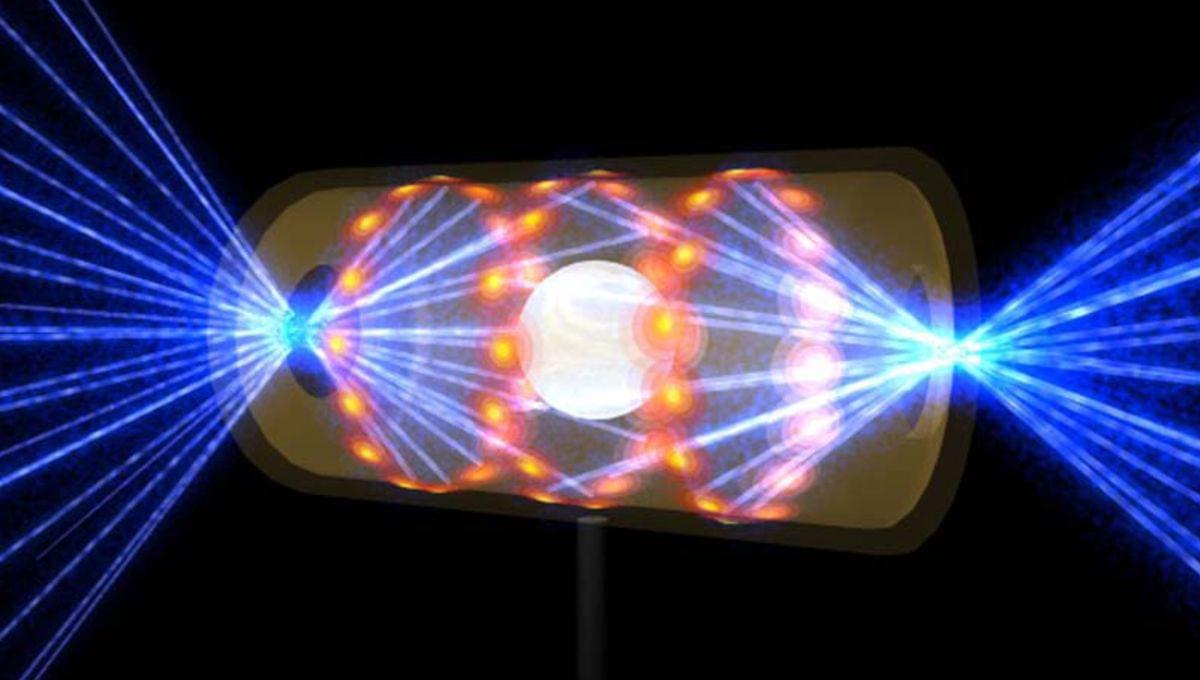
What this means in real time is that researchers using these maps do not know if there are any errors or issues ahead of them, nor do they know if these errors are part of the research design. Nevertheless, this is all they have to work with, so they have to make a decision based on this limited information, and doing so will always have high costs in terms of the ignition attempt, which is expensive.
To overcome this, the team at the NIF created a new way to create these “maps” by merging past data with high-fidelity physics simulations and the knowledge of experts. This was then fed into a supercomputer that ran statistical assessments in the course of over 30 million CPU hours. Effectively, this allows the researchers to see all the ways that things can go wrong and to pre-emptively assess their experimental designs. This saves a lot of time and, more importantly, money.
The team tested this approach on an experiment they ran in 2022, and, after a few changes to the model’s physics, was able to predict the outcome with an accuracy above 70 percent.

A public-private team of fusion pioneers – Commonwealth Fusion Systems (CFS), the U.S. Department of Energy’s Princeton Plasma Physics Laboratory (PPPL), and Oak Ridge National Laboratory – has unveiled an AI breakthrough that could reshape the future of fusion plasma research.
The new system, called HEAT-ML, can identify safe zones inside a reactor in milliseconds, replacing a process that once took more than 30 minutes.
By protecting sensitive components from the blistering heat of superheated plasma, this advance could accelerate the design and operation of next-generation fusion power plants.
An AI tool, developed by CFS, PPPL, and Oak Ridge, maps fusion plasma heat in milliseconds, protecting reactors and advancing clean energy.


Metaphors are a fundamental aspect of human language and cognition, allowing us to understand complex concepts and relationships by mapping them onto more familiar and concrete domains. However, the nature of metaphors and how they work is still not well understood.
In a new paper published in PLOS Complex Systems, Max-Planck-Institute for Mathematics in the Sciences researchers Marie Teich and Wilmer Leal together with director Jürgen Jost have developed a formal framework and large-scale empirical methodology to analyze metaphors and their role in conceptual metaphor theory.
The study confirms the fundamental assumption in conceptual metaphor theory that metaphors are enduring linguistic and cognitive structures, not merely rhetorical figures. Using complex systems tools, the researchers identified a metaphor network with distinctions between abstract and concrete categories, and two significant metaphorical processes: mappings from concrete to abstract topics and the emergence of new mappings between concrete domains.

We usually think of satellites as small objects orbiting planets or stars. But in the broader universe, galaxies themselves can have satellites—smaller galaxies bound by gravity that orbit a larger host, carrying with them stars, gas, dust, and dark matter.
Most of what we know about satellite galaxies comes from studying the Milky Way and other similarly large galaxies. But a new study led by Dartmouth astronomers broadens that understanding by exploring the satellites of dwarf galaxies—systems less than a tenth the size of the Milky Way.
The multi-institutional survey triples the number of dwarf galaxies surveyed for satellites, the researchers report in The Astrophysical Journal. The study identifies 355 candidate satellite galaxies, including 264 that were previously undocumented. The researchers suggest that 134 of these candidates are highly likely to be satellite galaxies.
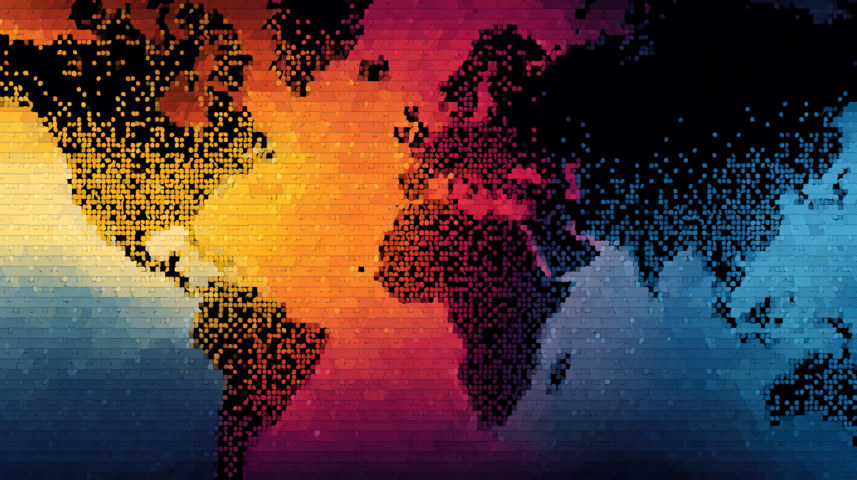
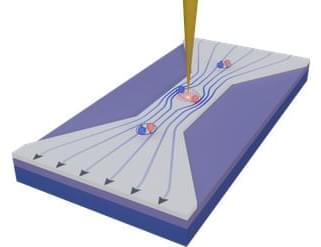
An imaging method provides unprecedented resolution for studies of quantum materials by relying on superconductors’ extreme sensitivity to light.
The energy deposited in a superconductor by a single photon can register a detectable signal, which is why superconductors are employed in some extremely sensitive detectors. Now researchers have shown how to use this sensitivity to create maps of the superconducting properties of a material with nanometer resolution [1]. The technique can also detect polaritons—hybrid light–matter excitations that may be useful in quantum technologies—with higher resolution than earlier methods. The researchers expect the new technique to be useful in fields as diverse as quantum information and nanophotonics.
When a superconductor held just below its critical temperature absorbs a single photon, the superconductivity can be destroyed in a small region of the material, triggering a small electrical signal. Recent advances have expanded the operating temperatures of such detectors and improved their sensitivities to photons over a wide range of frequencies, enabling many new applications. Mengkun Liu of Stony Brook University in New York and colleagues wondered if the same sensitivity might be employed to build high-resolution spatial maps of the properties of superconducting samples. “Spatial variations often influence superconducting strength and coherence, so an ability to image these properties locally would bring valuable insight,” says Stony Brook team member Ran Jing.
